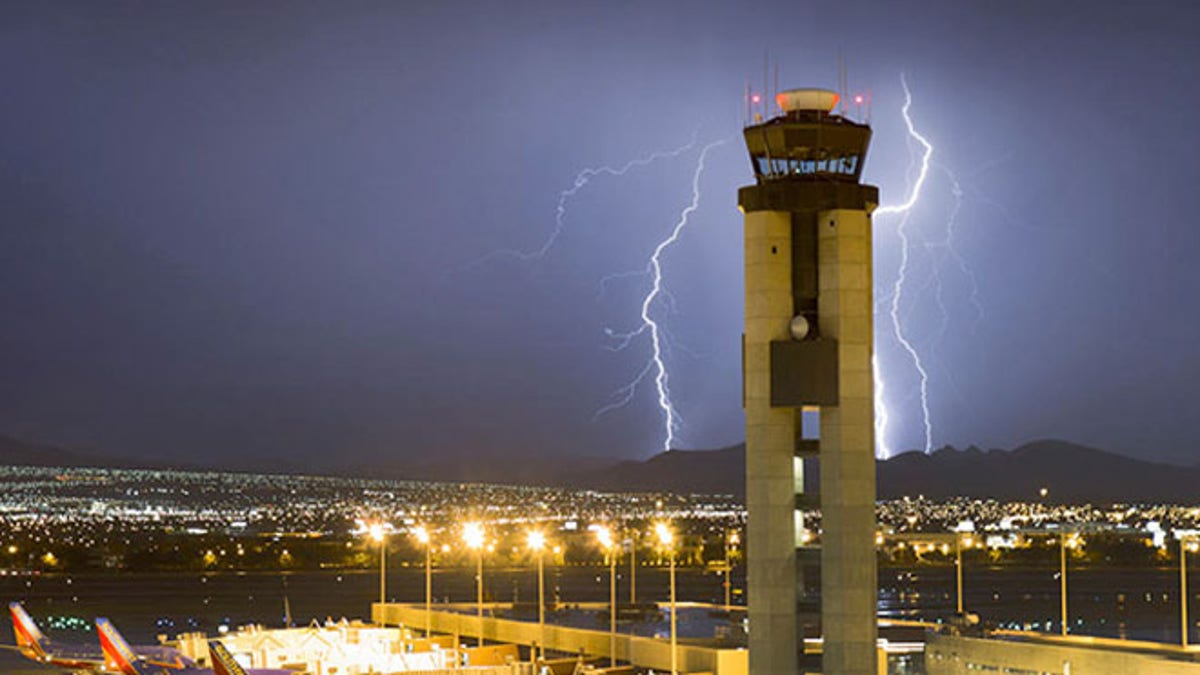
When it rains, it pours. And if the rain is coming from a thunderstorm, watch out. That's what the Federal Aviation Administration said in 2013 in its analysis of weather delays at New York’s John F. Kennedy, LaGuardia and Newark airports.
Surprisingly, the worst delay months weren't in winter but May, June and July with each airport reporting more than 9,000 delays each. According to the Bureau of Transportation Statistics, around 40 percent of all flight delays are caused by weather, with summer weather such as extreme heat, heavy downpours and unexpected thunderstorms to blame.
Don't cancel vacation, though. There are things you can do to make it better.
1. Consider avoiding certain airports: According to Department of Transportation statistics, Chicago O'Hare was 2014's most delayed U.S. airport but greater New York City was nearly as bad (with JFK doing slightly better than LaGuardia and Newark). Delays happen in Florida and California, too, with both Fort Lauderdale and San Francisco doing poorly.
Suggestion: Check out FlightStats' live airport map to see how your airport does.
2. Fly early: Beware the domino-delay effect that gets worse as the hours pass; it can even mean delays in cities with no weather problems. Though not foolproof, you can greatly increase your chances of an on-time arrival by taking the first flight of the day.
3. Stay in touch with your airline: Follow your carrier on Twitter, and be sure the airline has your contact information so they can reach you in case of delays or cancellations. Caution: Just because your flight is delayed an hour doesn't mean you have an extra 60 minutes before leaving for the airport. Bad weather can unexpectedly clear and if you're not there when the plane is ready to go - even if the airline said you had more time - the plane will go without you.
4. Fly anywhere: If you need to get to someplace but bad weather has made a mess of your airport and grounded your flight, it can be smart to fly to any big airport just to get away from the chaos. Once there, it can be a lot easier to find a connection to your ultimate destination; the gate agent at your first airport can help.
5. Pack light: Using a carry-on in this instance is not meant to be a money-saving tip (though it will usually save the $50 round-trip checked-bag fee); it is recommended because bad weather can mean missed flights, tight connections and last minute aircraft changes, and the bag that's in your hand is the one that reach your destination the same time you do. If your flight is delayed or cancelled but you're told to hustle down to a far-away gate because they can squeeze you on a plane that will take off, the chances of a checked-bag making the new flight are slim to none.
